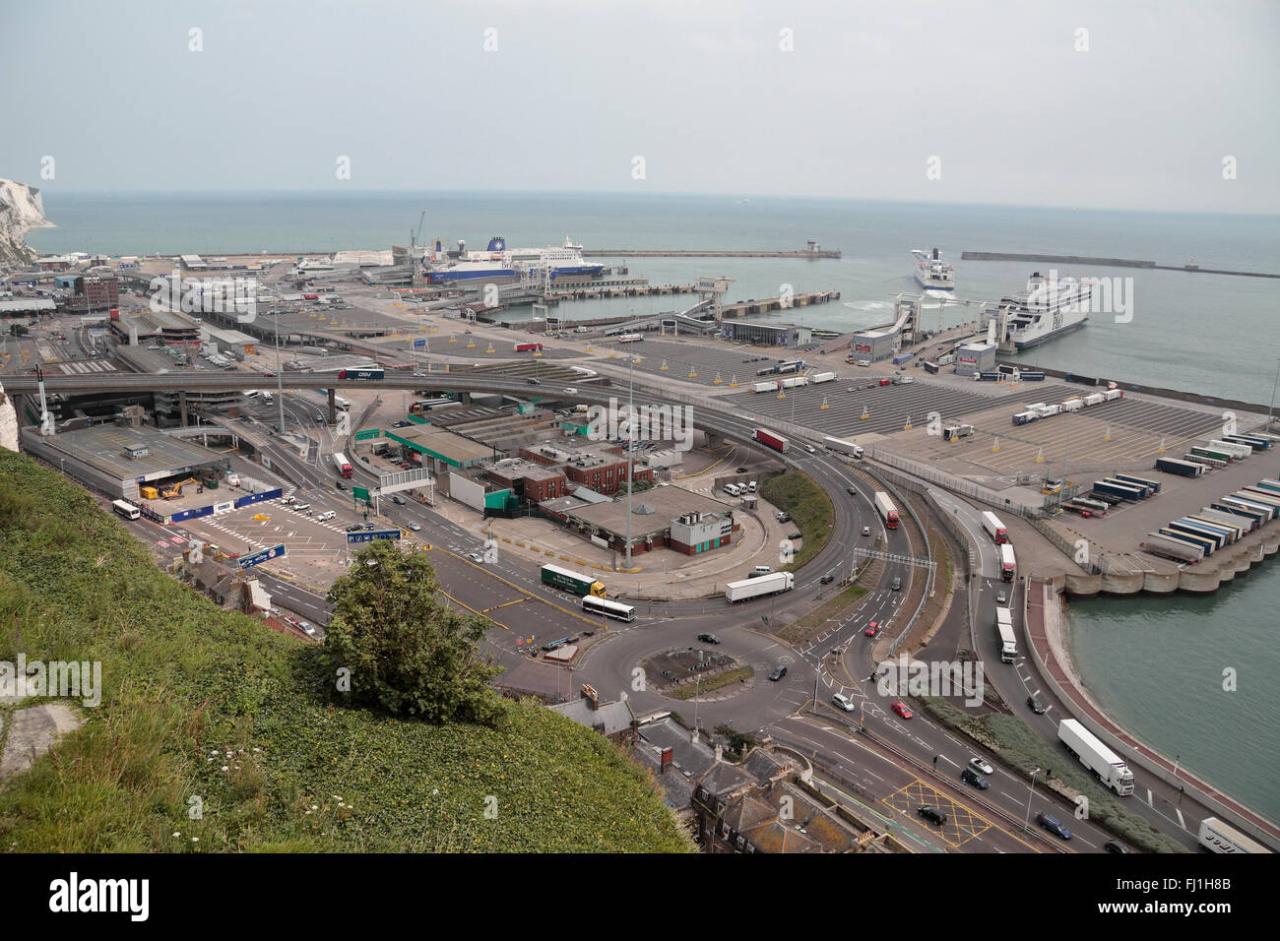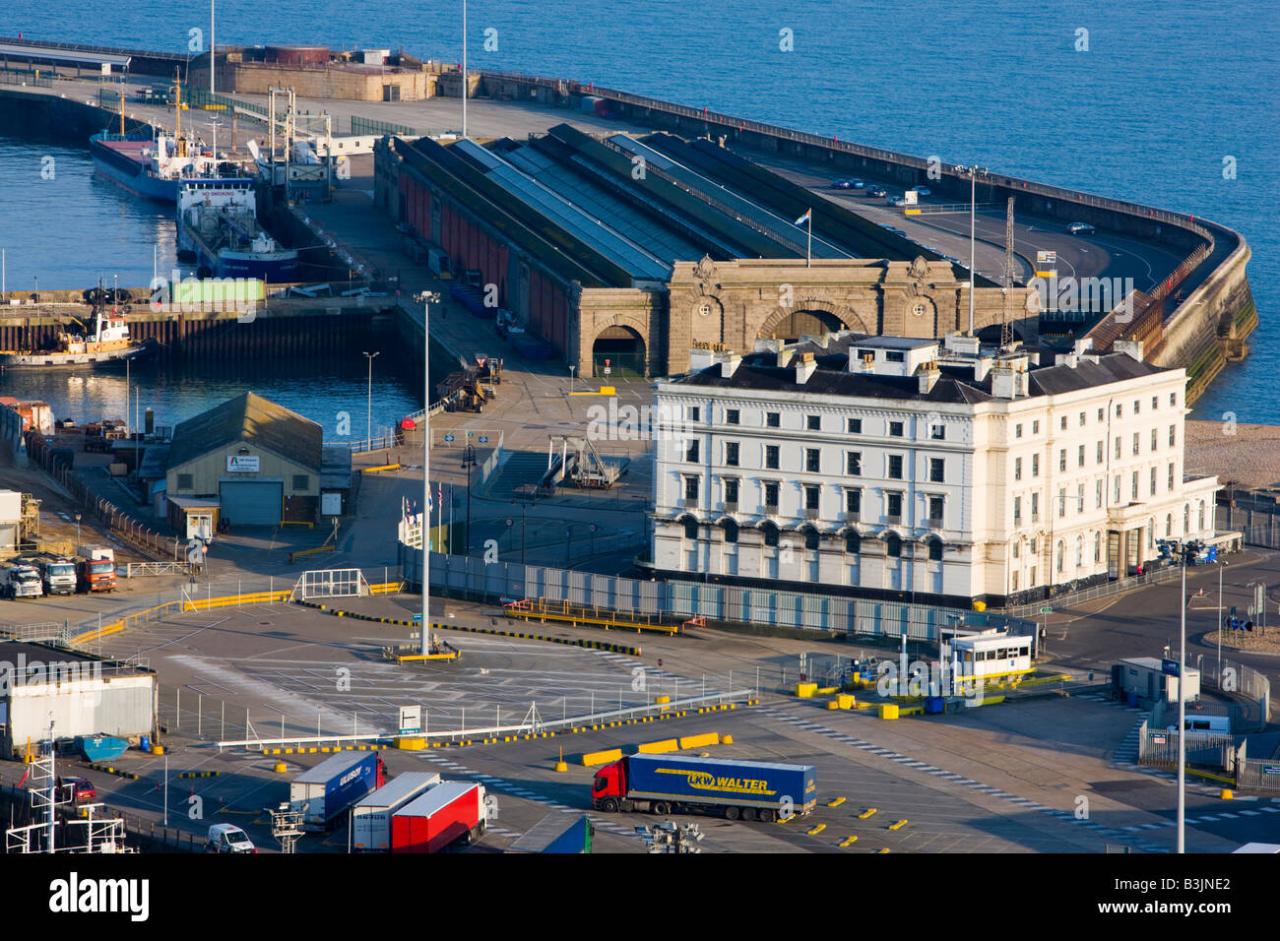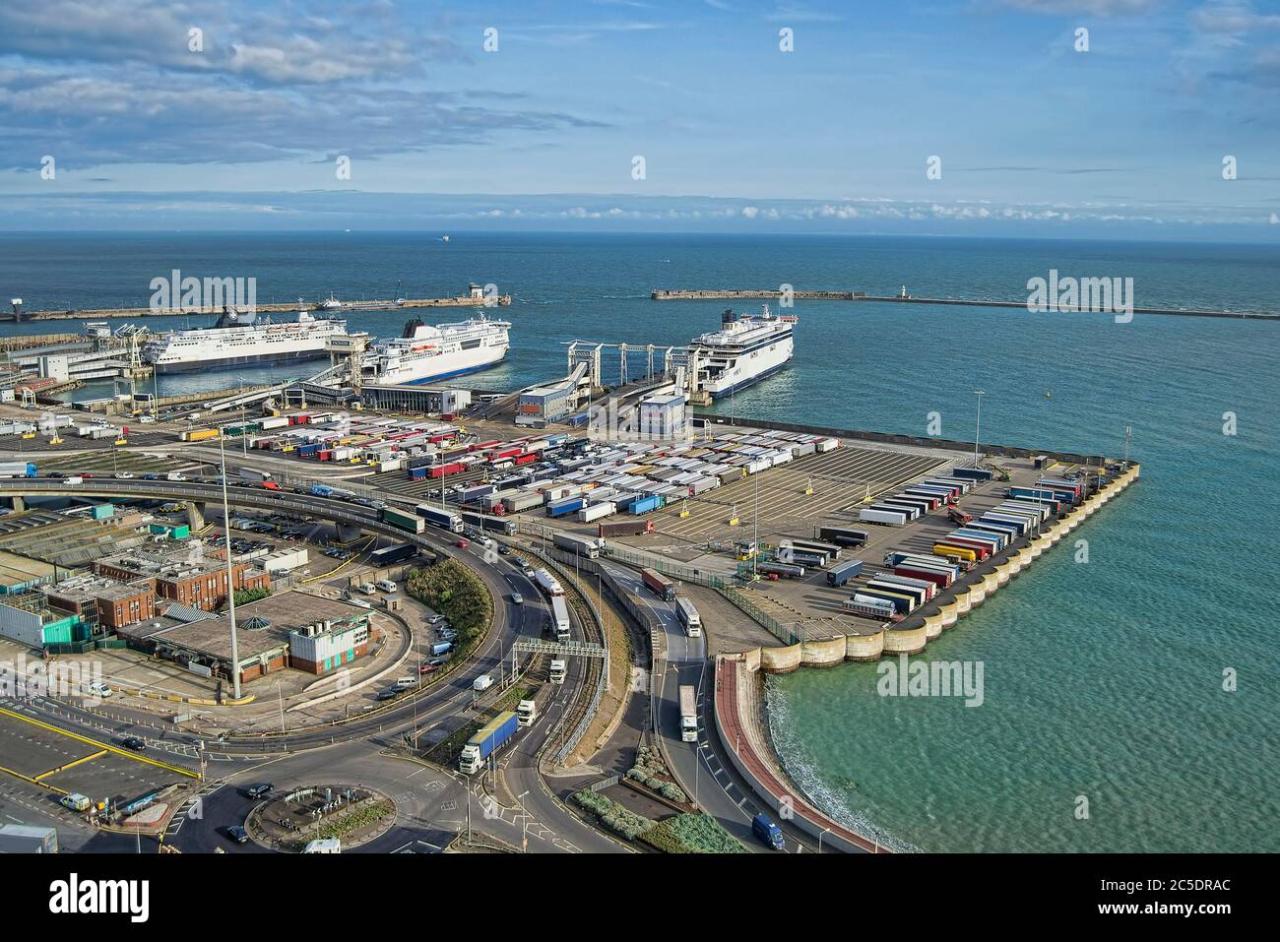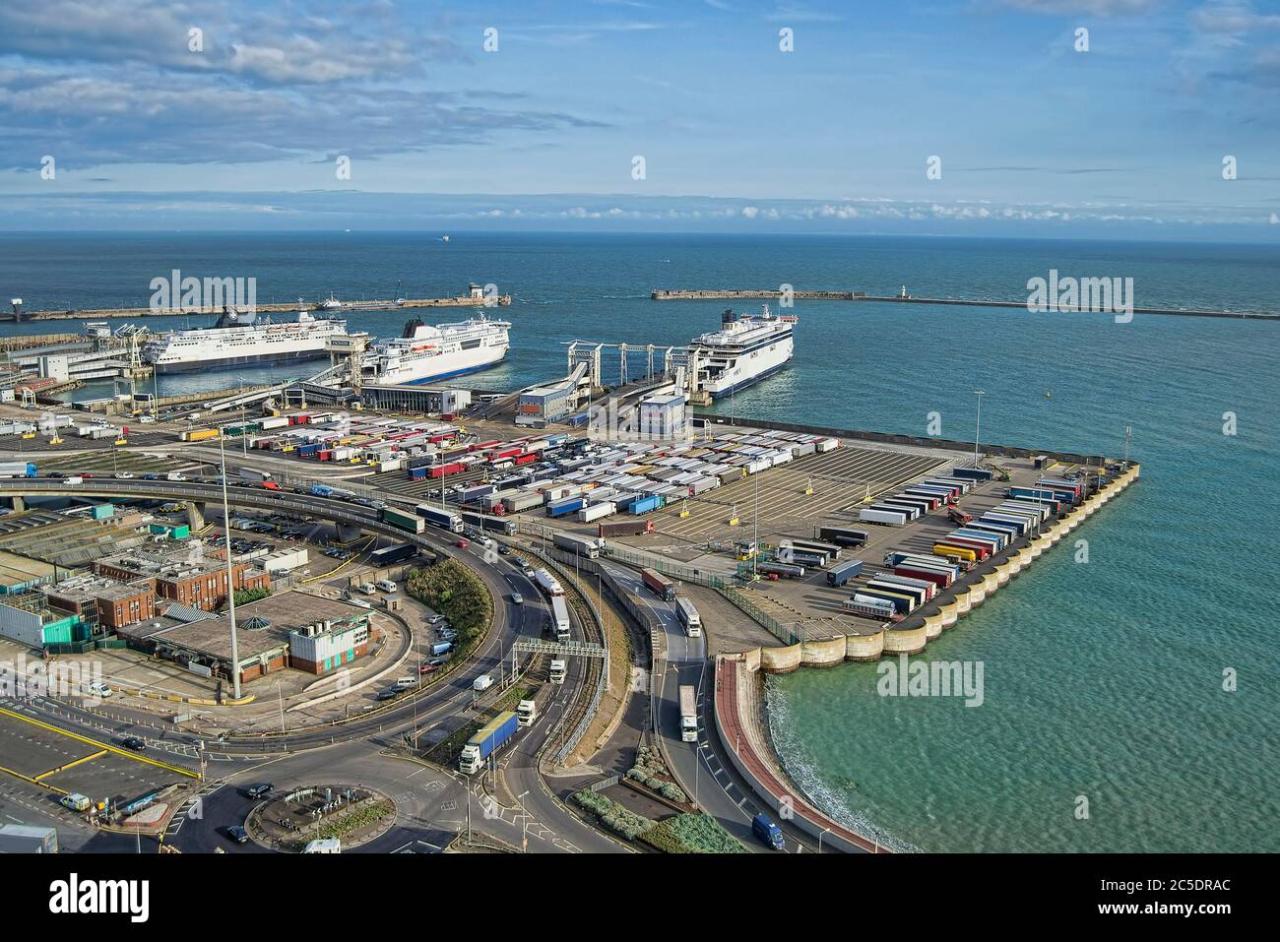Port Dover camera surveillance plays a vital role in ensuring public safety and efficient traffic management within the town. This system encompasses a network of strategically placed cameras, varying in type and capabilities, offering broad coverage across key areas. Understanding the system’s functionality, accessibility, and implications for privacy is crucial for both residents and visitors.
This comprehensive overview explores the Port Dover camera network, examining its location, technology, applications, maintenance, data security, and future development. We will delve into the legal and ethical considerations surrounding public access to camera feeds, analyzing the benefits and drawbacks of such accessibility. Finally, we’ll consider the system’s impact on public safety, crime prevention, and the potential for innovative applications.
Port Dover Camera System Overview
This document provides a comprehensive overview of the Port Dover camera system, encompassing its locations, accessibility, usage, infrastructure, image quality, data security, and future development plans. The information presented aims to provide a clear understanding of the system’s capabilities and its role in enhancing public safety and community well-being.
Discussions around Port Dover camera surveillance often raise questions about airspace security. The recent incident involving a drone, as detailed in this news report about a nj drone shot down , highlights the potential risks of unauthorized aerial activity. Understanding these risks is crucial for refining Port Dover’s camera systems and overall security protocols.
Port Dover Camera Locations and Coverage

The Port Dover camera network strategically covers key areas within the town. The system utilizes a mix of CCTV, traffic, and security cameras, each selected based on its specific functionalities and the requirements of the location. Below is a table detailing some common camera locations and their coverage.
| Location Name | Address | Coordinates | Coverage Area |
|---|---|---|---|
| Main Street Intersection | Main St & King St, Port Dover | 42.9642° N, 80.1786° W (Example) | Intersection and surrounding blocks |
| Port Dover Harbour | Lake Erie shoreline, Port Dover | 42.9600° N, 80.1800° W (Example) | Harbour area, including boat launch and docks |
| Downtown Commercial Area | Various locations, Downtown Port Dover | 42.9650° N, 80.1750° W (Example) | Shops and businesses in the downtown core |
| Residential Area (Example) | (Specific address omitted for privacy) | (Coordinates omitted for privacy) | Selected residential streets |
A detailed map illustrating the camera locations would visually represent the strategic placement of the cameras, highlighting areas of high camera density and potential blind spots. The map would aid in understanding the overall coverage and identifying areas for potential future expansion.
Discussions regarding Port Dover camera surveillance often involve considerations of airspace security. The recent incident involving unauthorized drones, as detailed in this report on drones over new jersey solved , highlights the potential for similar issues in Port Dover. Therefore, effective camera systems need to account for both ground-level and aerial threats to ensure comprehensive monitoring.
The cameras used vary in type and features. High-definition CCTV cameras provide wide-angle coverage, while traffic cameras are equipped with advanced features for monitoring traffic flow and speed. Security cameras in sensitive areas offer enhanced features like night vision and motion detection.
Port Dover Camera Accessibility and Public Viewing

Public access to Port Dover camera feeds is a complex issue involving legal and ethical considerations. While providing public access could enhance transparency and potentially aid in crime prevention, concerns about privacy violations and the potential for misuse must be carefully addressed.
A system for managing public access would need to balance the benefits of transparency with the need to protect individual privacy. This could involve implementing measures such as blurring faces and license plates, restricting access to specific areas, and employing robust security protocols to prevent unauthorized access.
Port Dover Camera Usage and Applications

Port Dover cameras serve multiple purposes, including traffic management, crime prevention, and public safety. Traffic cameras help monitor traffic flow, identify congestion points, and improve traffic management strategies. Security cameras deter crime and provide evidence in case of incidents. The system also contributes to public safety by monitoring high-traffic areas and providing situational awareness to emergency responders.
Potential new applications include environmental monitoring (e.g., monitoring water levels in the harbour) and tourism promotion (e.g., providing live views of popular attractions). Comparing the Port Dover system with those in other towns and cities would highlight best practices and potential areas for improvement.
Port Dover Camera Infrastructure and Maintenance
The Port Dover camera network requires robust infrastructure for power, connectivity, and data storage. A reliable power supply is crucial, potentially incorporating backup generators to ensure continuous operation. High-speed internet connectivity is essential for transmitting video feeds and data. Secure data storage solutions are needed to archive footage for later retrieval and analysis.
Regular maintenance and upgrades are essential to ensure optimal performance and longevity of the system. A preventative maintenance schedule would include regular inspections, cleaning, and software updates. Emergency response protocols would Artikel procedures for handling system failures or malfunctions.
Port Dover Camera Image and Video Quality
Image and video quality depend on several factors, including camera resolution, lighting conditions, and weather. High-resolution cameras capture sharper images, while sufficient lighting is essential for clear visibility, especially at night. Adverse weather conditions like rain or fog can affect image clarity.
A comparison chart would illustrate the image and video quality of different camera types under various conditions. This would help in evaluating the overall performance and identifying areas for improvement.
Port Dover Camera Data Security and Privacy
Data security and privacy are paramount. Measures to ensure data security include secure data storage, access control, and encryption of video feeds. Privacy safeguards include blurring faces and license plates, restricting access to sensitive areas, and adhering to data retention policies.
A data retention policy would define how long camera footage is stored and the procedures for its disposal. This policy must comply with relevant legal and ethical guidelines.
Port Dover Camera Future Developments
Future developments may include integrating advanced technologies such as AI and machine learning for improved analytics and automated incident detection. Expanding the network to cover a wider area or incorporating new functionalities like license plate recognition could enhance the system’s capabilities.
Continuous upgrades and improvements will ensure that the Port Dover camera system remains a valuable asset in enhancing public safety and community well-being.
The Port Dover camera system represents a significant investment in community safety and technological advancement. Its effective operation hinges on a balance between security and privacy, requiring ongoing maintenance, technological upgrades, and a robust data security protocol. By proactively addressing challenges and embracing innovative technologies, Port Dover can ensure its camera network remains a valuable asset for years to come, enhancing public safety and improving the overall quality of life for its residents.
Detailed FAQs: Port Dover Camera
Are the Port Dover camera feeds monitored 24/7?
This information is not publicly available. Contact the local authorities for details.
Can I access footage from the Port Dover cameras?
Access to camera footage is typically restricted to law enforcement and authorized personnel. Public access may be limited or non-existent due to privacy concerns.
What happens if a camera malfunctions?
There are established maintenance procedures and protocols in place to address camera malfunctions promptly. Emergency response procedures are in place to restore functionality.
How is the data from the cameras protected from cyberattacks?
Specific security measures are implemented to protect data from cyber threats. Details are generally not publicly released for security reasons.
